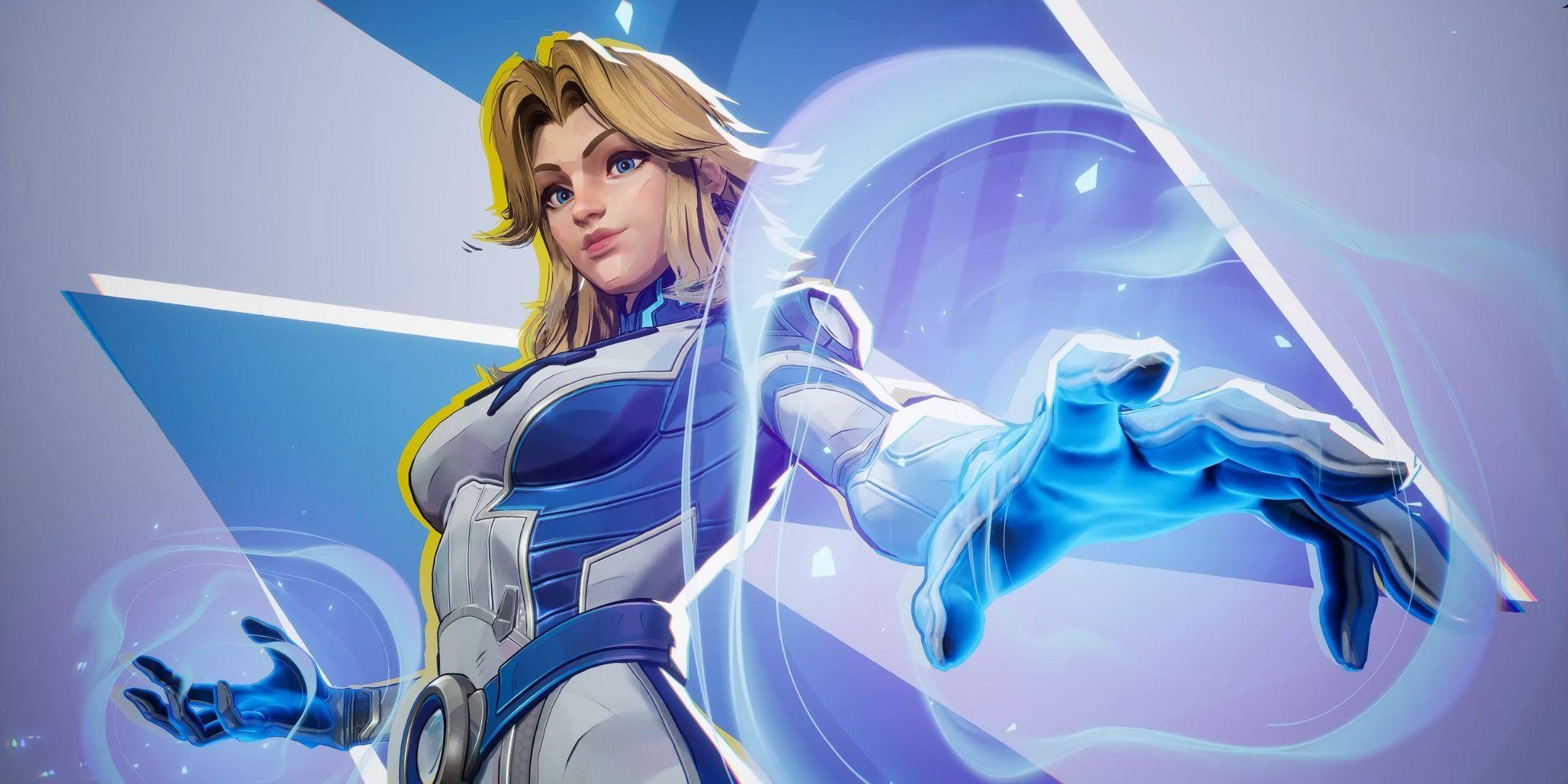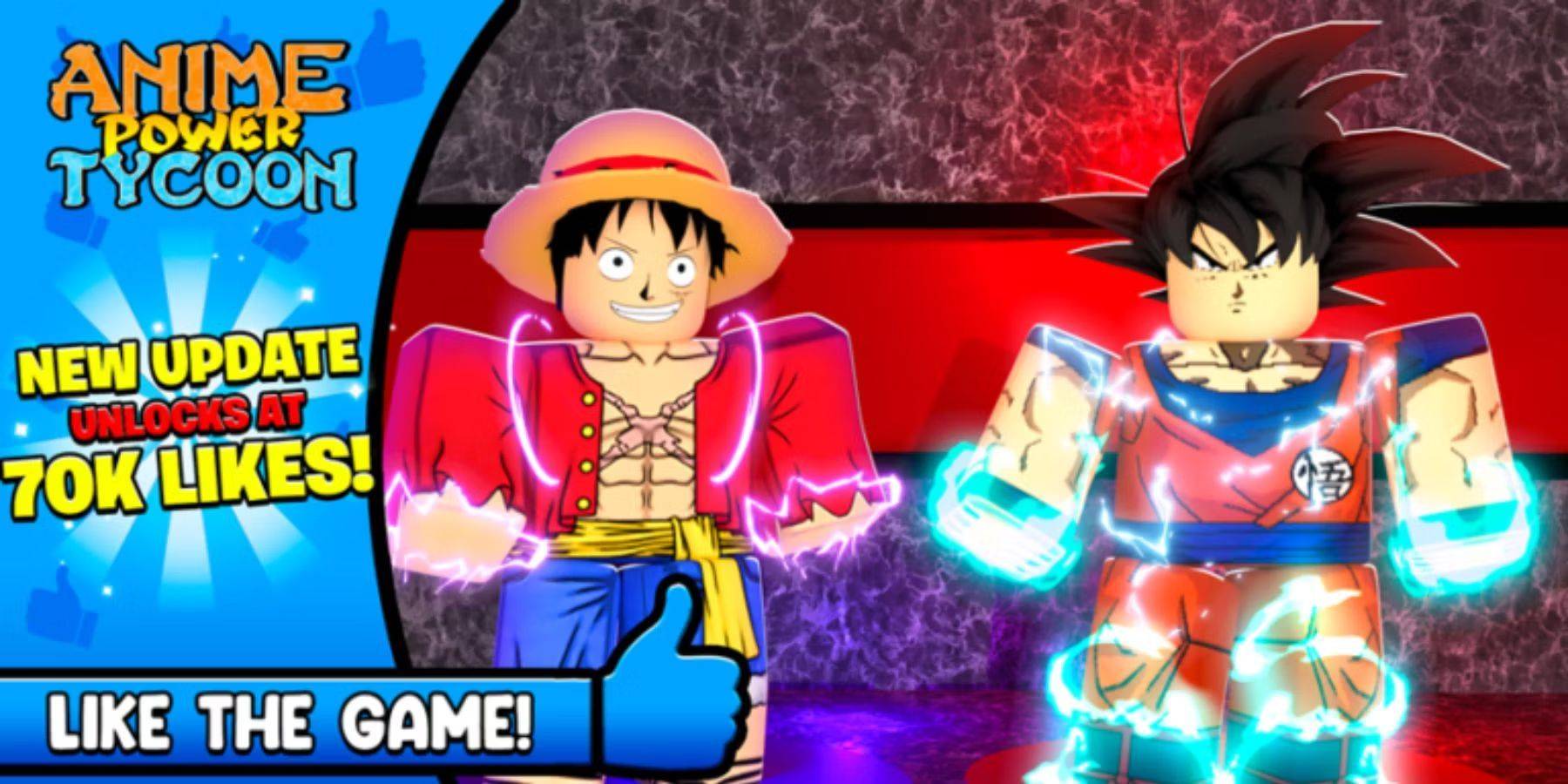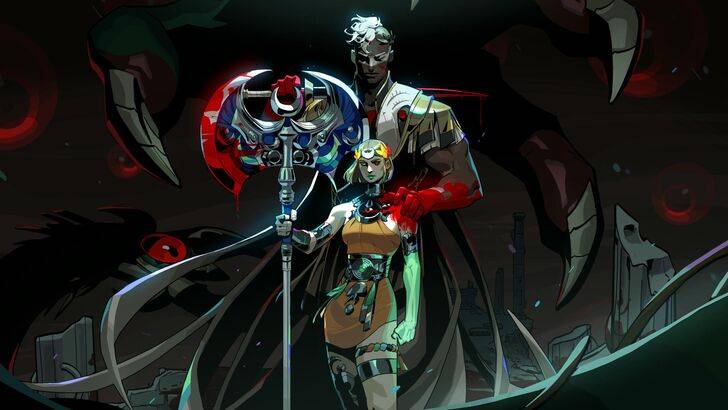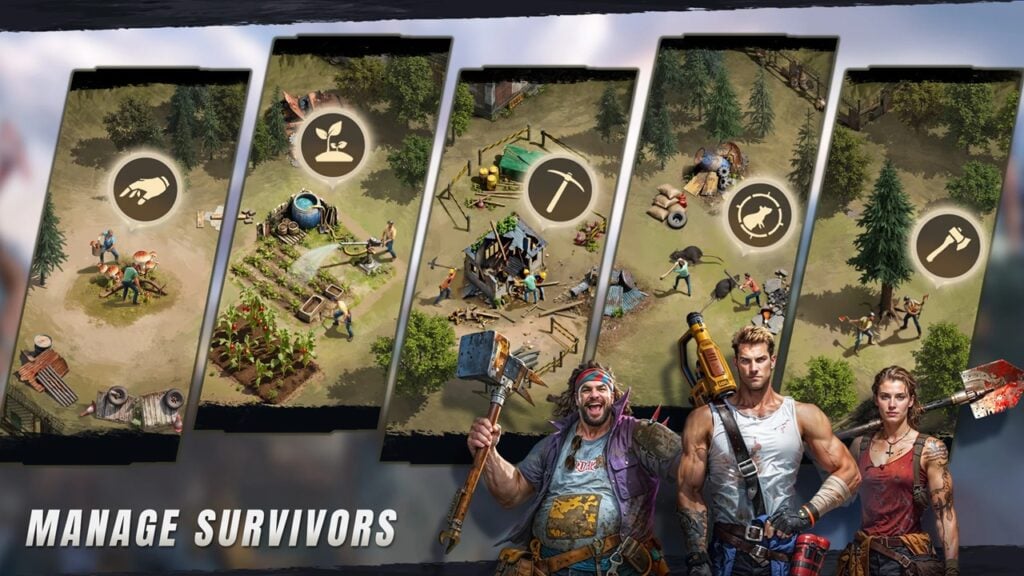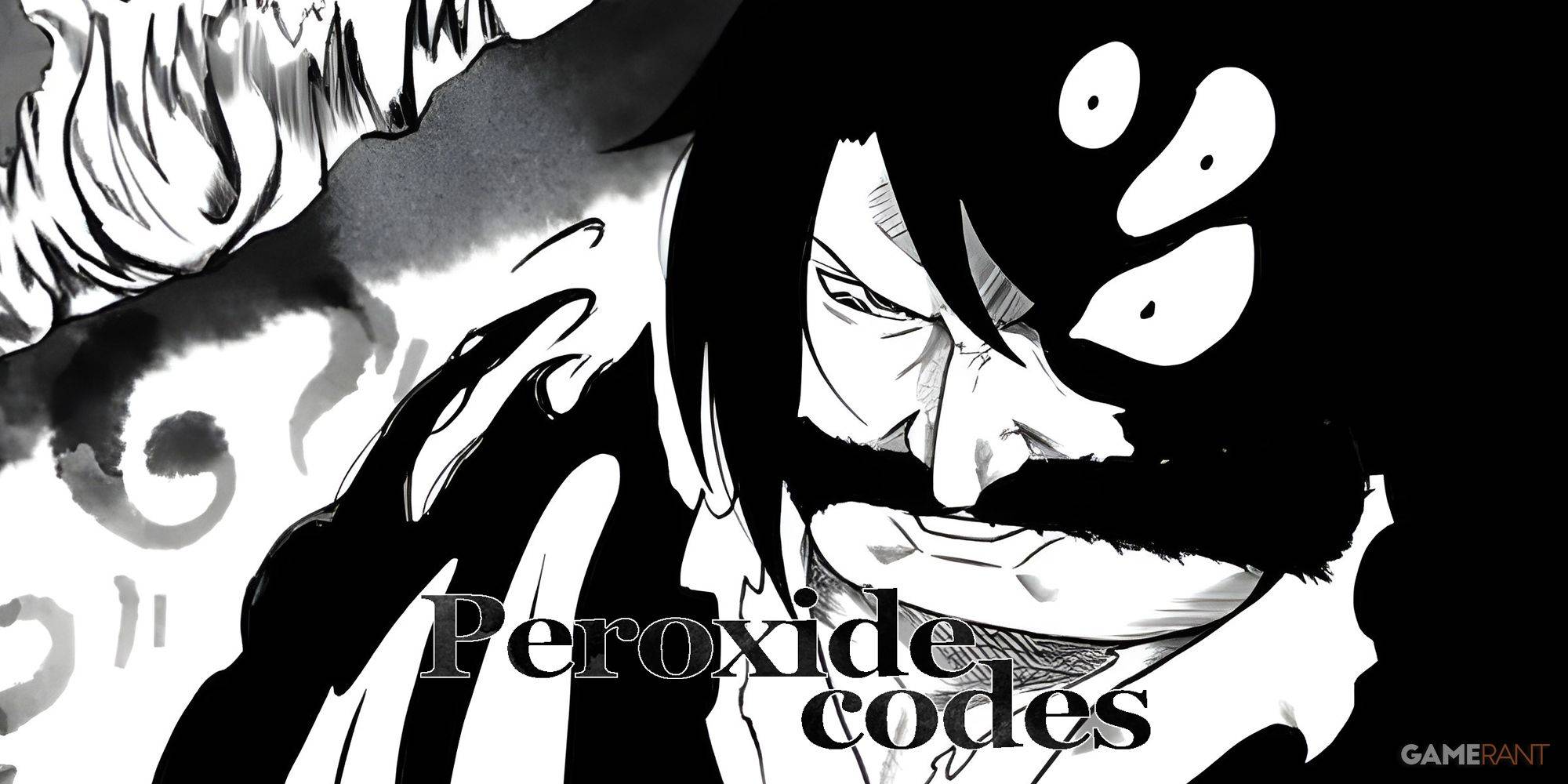The History of Monster Hunter Weapons
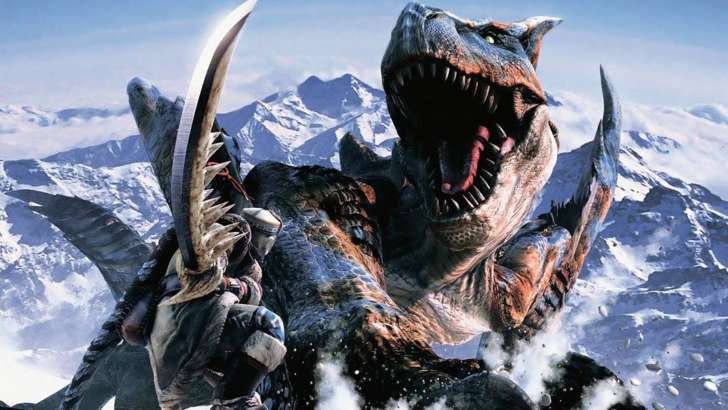
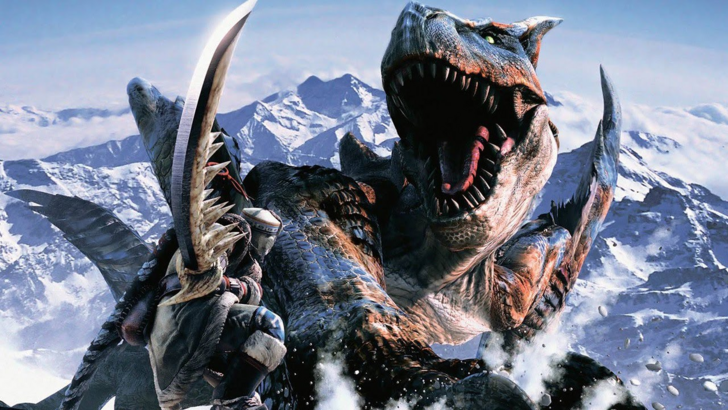
Monster Hunter is renowned for its diverse weapon selection and captivating gameplay. But did you know even more weapons existed in earlier games, never making it to newer releases? Let's explore the rich history of Monster Hunter weapons.
← Return to Monster Hunter Wilds' main article
History of Weapon Types in Monster Hunter
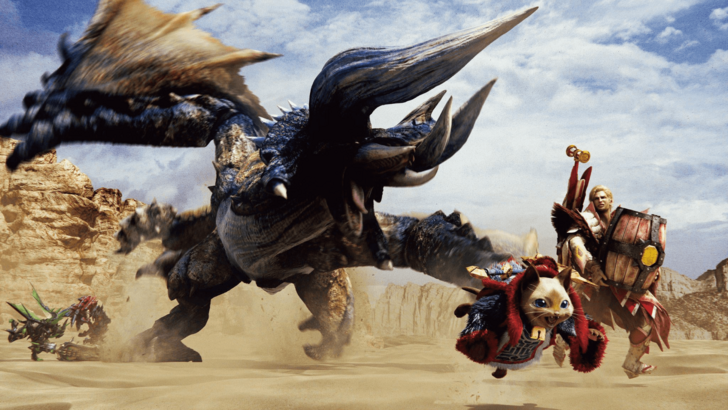
Monster Hunter, celebrating over two decades since its 2004 debut, is celebrated for its varied weapon arsenal. Monster Hunter Wilds boasts fourteen distinct weapon types, each with unique strengths, weaknesses, movesets, and mechanics to master. The evolution from the original Great Sword to its modern counterpart showcases the series' impressive growth. Furthermore, several weapons from older games remain exclusive to Japan. Let's delve into the history of these hunter tools.
First Generation
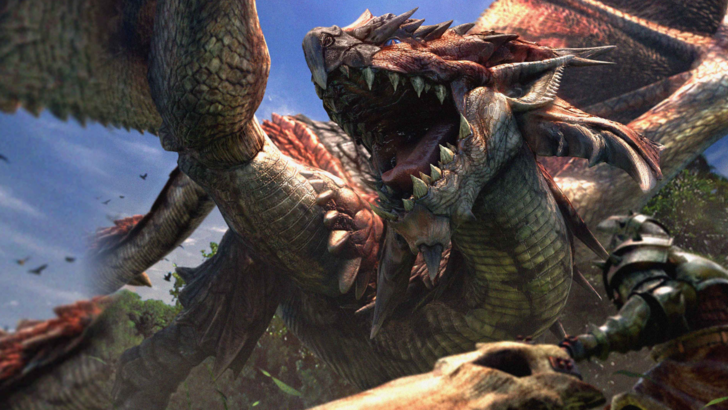
These weapons debuted in the original Monster Hunter and its variants. These foundational weapons have endured, evolving with enhanced movesets and mechanics.
Great Sword
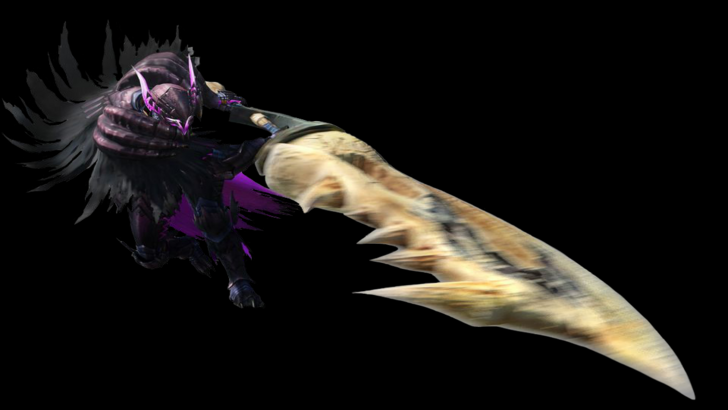
The franchise icon, the Great Sword, arrived in 2004. Its high damage potential comes at the cost of slow attacks and movement—think of a Gravios charging a hunter! The blade can be used defensively, though at the expense of stamina and sharpness.
Initially, gameplay revolved around hit-and-run tactics and precise spacing. While combos are possible, the slow animations make extended attacks inefficient. Interestingly, the initial design favored strikes with the blade's center for maximum damage.
Monster Hunter 2 introduced the iconic Charged Slash, a multi-level charge attack culminating in a devastating swing. This remains a cornerstone of the weapon's design.
Subsequent games refined the charging mechanic, adding finishers and smoother combo transitions, despite maintaining its deliberate pace. Monster Hunter World's shoulder tackle, for example, allows for quicker access to charged attacks after taking a hit.
The Great Sword offers a low skill floor but a high skill ceiling. While mastering the hit-and-run is straightforward, maximizing damage through precise timing of the True Charged Slash separates skilled players from the rest.
Sword and Shield
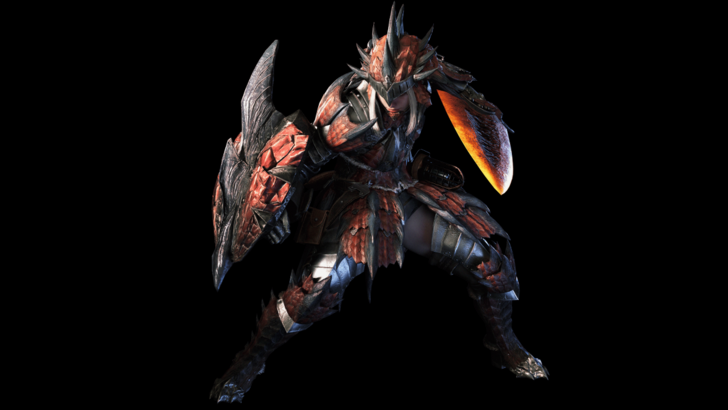
The Sword and Shield epitomizes versatility. While individual strikes deal moderate damage, it compensates with rapid combos, blocking capabilities, high mobility, and utility. Initially considered a beginner weapon, its complexity has grown with each installment.
The original design focused on quick slashes, combos, and superior mobility. Monster Hunter 2 added the ability to use items while the weapon remained drawn.
Later iterations expanded the moveset, adding shield bash combos (Monster Hunter 3), backsteps and jumps (Monster Hunter 4), and the Perfect Rush and aerial finishers (Monster Hunter World and Monster Hunter Rise).
Despite its shorter range and lower damage compared to some weapons, the Sword and Shield remains a jack-of-all-trades. Its infinite combo potential, speed, evasiveness, impactful finishers, and defensive blocking make it a deceptively deep weapon.
Hammer

One of two blunt weapons (meaning it can't cut tails), the Hammer excels at breaking parts, particularly heads, leading to knockouts. Since Monster Hunter 2, it's been the king of KOs.
Its gameplay resembles the Great Sword's hit-and-run style, but with surprisingly high mobility for its size and lack of blocking. The charge mechanic uniquely allows movement while charging.
The moveset remained relatively consistent until Monster Hunter World and Monster Hunter Rise, which introduced the Big Bang and Spinning Bludgeon attacks, significantly enhancing its offensive capabilities beyond its signature golf swing and Superpound.
The addition of Strength and Courage modes added strategic depth, altering charge attacks and effects without significantly impacting damage. Effective Hammer use requires mastering mode switching based on monster matchups and maintaining charge while moving.
The Hammer's goal is simple: target the head for knockouts. However, achieving this requires skill and precision to capitalize on openings for charged attacks and devastating combo finishers.
Lance
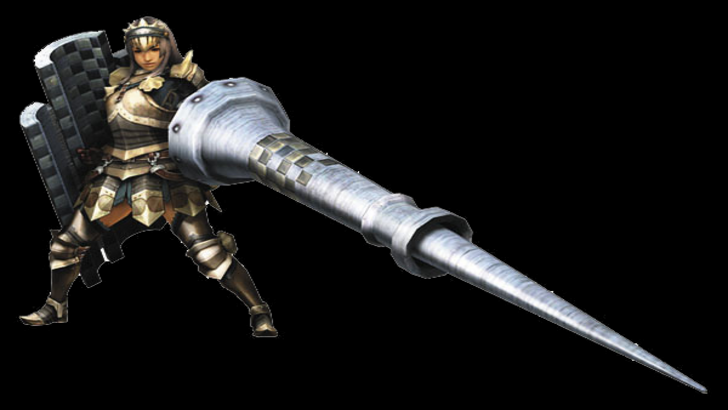
The Lance embodies the adage "a good offense is a good defense." Its long reach allows for ranged attacks, while its substantial shield blocks most attacks, even some considered unguardable with the right skills. While mobility is limited when drawn, its damage output is considerable.
Its playstyle is akin to boxing, poking from a safe distance behind its guard. Basic attacks consist of forward and upward thrusts, chainable up to three times. The counter mechanic, introduced later, further solidifies its defensive identity. Running charges and shield bashes are used to close distance.
Often underestimated due to its less flashy animations, the Lance rewards players for maintaining their ground. It transforms the hunter into a tank, offering similar but not identical protection to its cousin, the Gunlance.
Light Bowgun
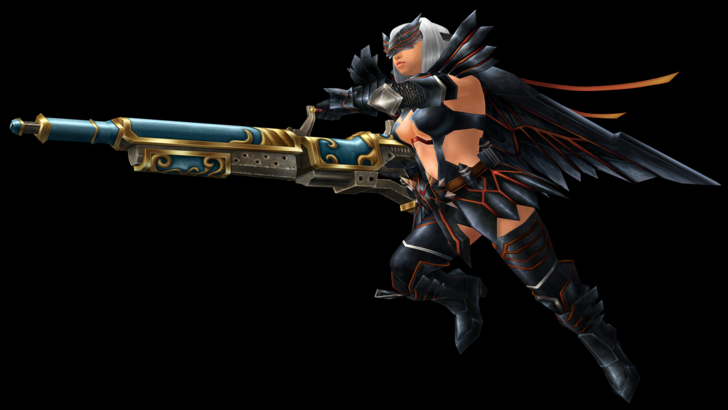
The Light Bowgun, a mainstay since the first generation, is a mobile ranged weapon that allows for movement at normal speed while drawn.
Its high mobility—faster reload, sheathing, and dodging—comes at the cost of limited ammunition compared to its heavier counterpart. Customization options, such as barrels, silencers, and scopes, further enhance its flexibility.
While lacking the raw power of heavier ammunition, the Light Bowgun's ability to rapid-fire certain ammo types allows it to excel, despite its limitations.
Monster Hunter 4's "Critical Distance" mechanic added depth, requiring precise positioning for maximum damage, dependent on ammunition type. Monster Hunter World introduced Wyvernblast (planting detonating bombs) and a slide maneuver after shooting, reinforcing its run-and-gun style.
The Light Bowgun evolved beyond its "weaker" counterpart identity. Its simple design now offers robust mechanics and specialized capabilities, remaining easier to use than other ranged weapons without sacrificing effectiveness.
Heavy Bowgun
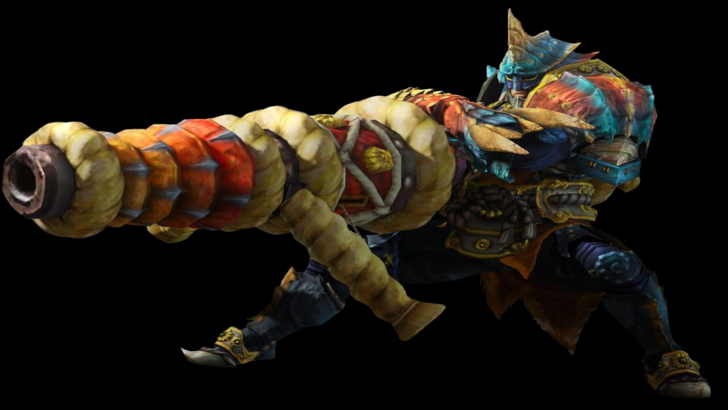
The Heavy Bowgun, the premier ranged weapon of the first generation, boasts high damage and access to most special ammunition. Its offensive power is offset by significantly reduced mobility while drawn.
While the Light Bowgun prioritizes mobility, the Heavy Bowgun offers flexibility with a wider array of ammunition. Its slow movement (walking only while drawn) and the ability to equip a shield for defense are key characteristics.
Its design remained largely unchanged initially, serving as potent artillery or support. Low mobility, however, can lead to vulnerability if the monster focuses its attention.
Monster Hunter 3 introduced Siege Mode, allowing continuous firing without reloading. Monster Hunter World added Wyvernheart (a minigun-like attack) and Wyvernsnipe (a powerful single-shot attack), both using unique, non-consumable ammunition.
The Heavy Bowgun's strength lies in its powerful ammunition (Cluster, Crag, etc.) for devastating damage against specific monsters. While minor changes like a new dodge roll and attachments were introduced, its core identity—using large-caliber ammunition for maximum impact—remains intact.
Dual Blades
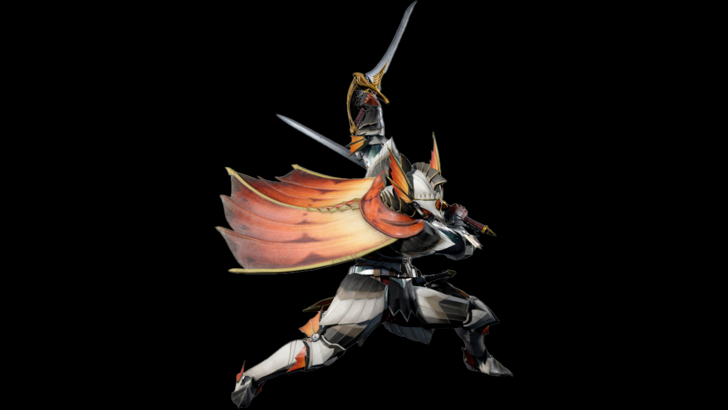
One of the flashiest weapons, the Dual Blades prioritize speed and are arguably the best for inflicting status ailments and elemental damage due to their multi-hit attacks. Interestingly, while a first-generation weapon, they were initially exclusive to the Western release of Monster Hunter.
Their gameplay emphasizes speed and fluid combos, surpassing the Sword and Shield in pure offense. While individual attacks are weak, their rapid succession adds up to significant damage.
Their design emphasizes "death by a thousand cuts," reinforced by subsequent releases. Demon Mode, a temporary damage boost with access to additional attacks and maneuvers (at the cost of stamina), is a key mechanic.
Monster Hunter Portable 3rd and Monster Hunter 3 Ultimate introduced the Demon Gauge, filling with successful attacks in Demon Mode. A full gauge activates Archdemon Mode, a more powerful state with enhanced attacks and evasiveness without stamina drain.
This significantly altered the gameplay loop, encouraging sustained Archdemon Mode instead of cycling in and out of Demon Mode. The Demon Dash, a unique movement tool, was enhanced in Monster Hunter Generations Ultimate with Adept Hunter Style, allowing for perfect dodges that grant damage buffs and enhanced dashes.
While the core remains consistent, refinements to its offensive capabilities, particularly with Archdemon Mode, significantly enhanced its potential.
Second Generation
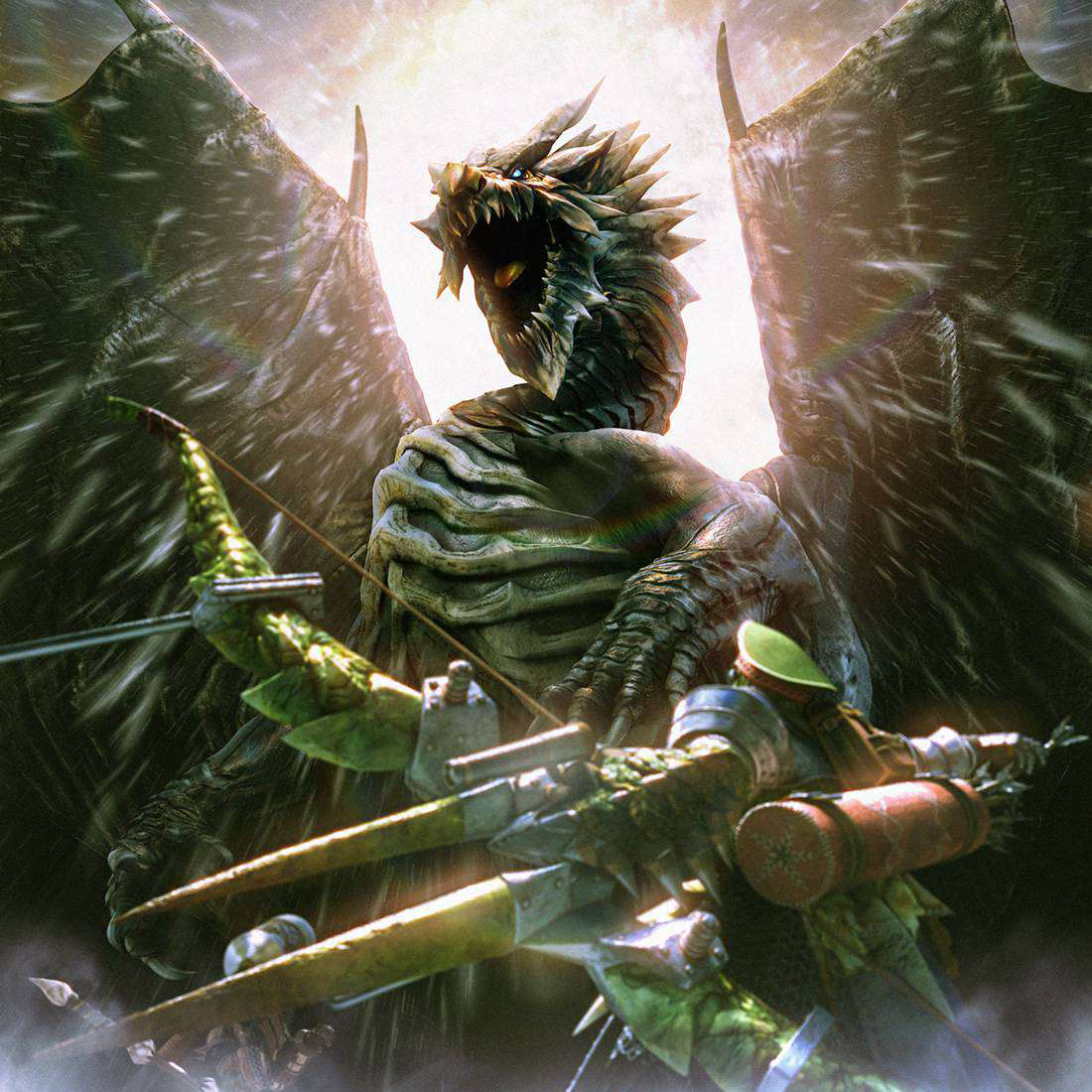
Introduced in the second generation, these weapons are cousins to their first-generation counterparts, sharing similar functions but possessing unique movesets and mechanics.
Long Sword
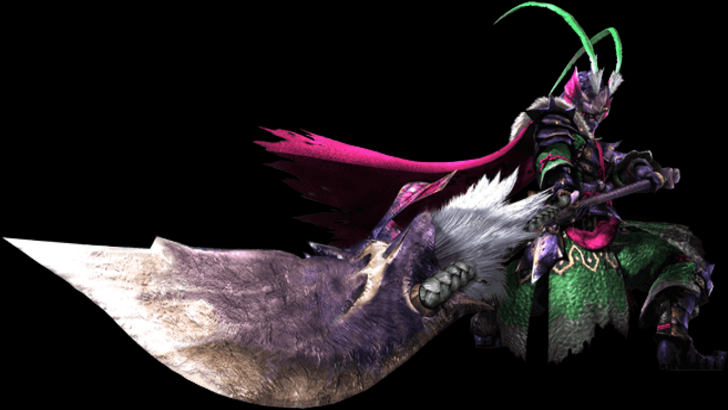
The Long Sword is known for its fluid combos, high damage, and intricate mechanics. Cosmetically similar to katanas among the first-generation Great Swords, it became an official weapon type in Monster Hunter 2. While functionally similar to the Great Sword in dealing slashing damage, it boasts superior mobility and more fluid combos. It lacks the ability to block.
Its core mechanic is the Spirit Gauge, filled by landing attacks. A full gauge unlocks the Spirit Combo, a powerful attack string.
Monster Hunter 3 added levels to the Spirit Gauge and the Spirit Roundslash finisher, further increasing the gauge's levels (white, yellow, red) and attack buffs.
Monster Hunter World further refined its design, adding the Spirit Thrust Helm Breaker finisher and the Foresight Slash parry, seamlessly integrating into its combos. Iceborne's Iai Stance with Iai Slash and Iai Spirit Slash added more counter-based options.
The Long Sword's design evolved from a pure combo-oriented weapon to one that integrates counters and parries to quickly maximize its potential. While the Spirit Gauge remains central, newer mechanics allow for more dynamic gameplay.
Hunting Horn
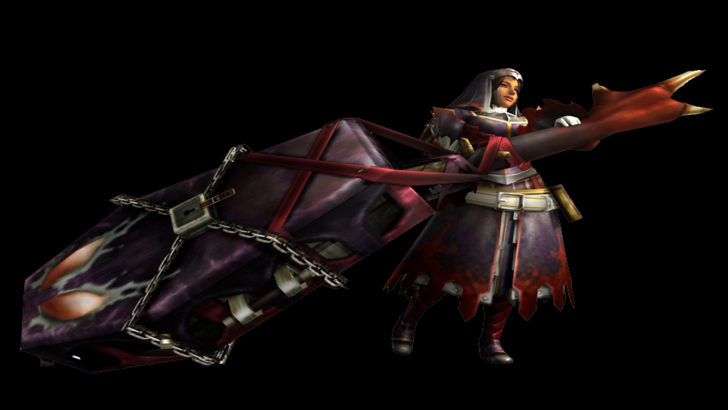
The Hunting Horn, a support weapon introduced in Monster Hunter 2, utilizes the Recital mechanic. Combining different colored notes creates various beneficial effects (attack/defense buffs, healing).
Like the Hammer, it deals blunt damage, targeting the head for stuns. However, its damage output is generally lower due to its support capabilities.
Changes focused on refining Recital, culminating in a major overhaul in Monster Hunter Rise. Monster Hunter 3 Ultimate allowed note playing during attacks, improving fluidity. Monster Hunter World introduced song queuing for simultaneous activation, further enhancing its offensive flow. Echo Notes in Iceborne added area-based buffs.
Monster Hunter Rise simplified Recital, making it easier to use but sacrificing complexity. While divisive, this change made the weapon more competitive with others.
Gunlance
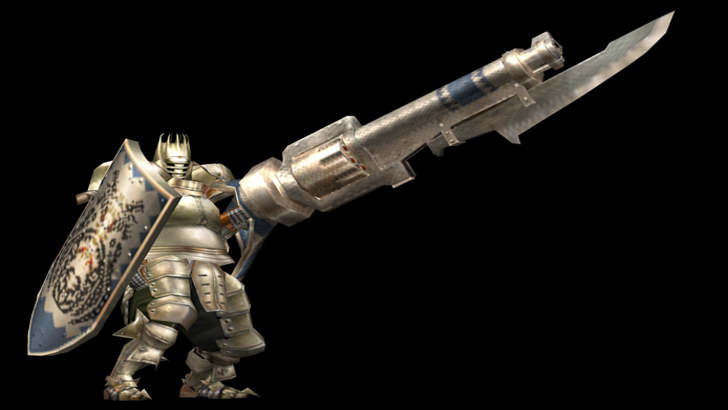
The Gunlance, a hybrid of Lance and Bowgun, functions like a Lance with a large shield and piercing attacks, but adds explosive shelling. Ammunition is unlimited and replenishes upon reloading.
Visually similar to the Lance, it differs in using slashing attacks and possessing finishers. Wyvern's Fire, a charged attack, unleashes accumulated shelling. Shelling type varies depending on the Gunlance, impacting attack effectiveness.
Monster Hunter 3 enhanced its aggressive nature with quick reloads, enabling infinite combos, and the Full Burst attack, which can transition into Wyvern's Fire. The ability to charge extra shells for single attacks was also added.
Monster Hunter X introduced the Heat Gauge, which fills with shelling attacks, increasing physical attack damage but risking overheating.
Monster Hunter World added the Wyrmstake Shot finisher. The Gunlance requires careful management of shelling to balance offense and avoid overheating.
Bow
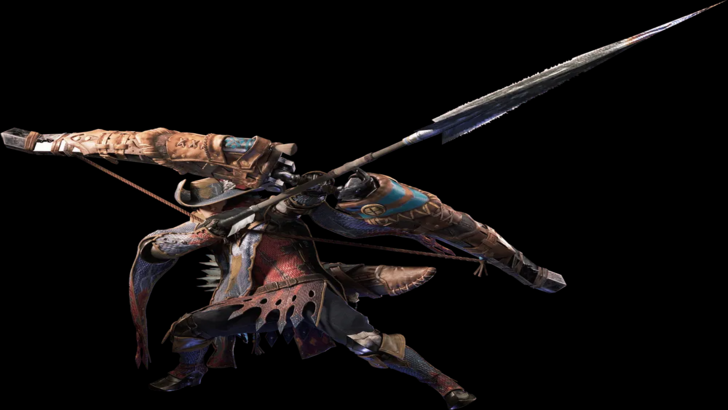
The Bow, the most agile ranged weapon, emphasizes close-to-mid-range combat and high mobility. Similar to melee weapons, it relies on combos for maximum damage and uses chargeable attacks for increased arrow count.
It employs a hit-and-run style, focusing on weak points and multi-hit attacks for elemental damage. Coatings enhance damage or inflict status effects.
Initially, Shot Types varied between bows, limiting attack options. Monster Hunter World unified the moveset, integrating Shot Types into the base attacks and making Close-Range Coating universal.
Monster Hunter Rise reintroduced Shot Types, but tied them to charge levels.
The Monster Hunter World overhaul made the Bow more aggressive and combo-heavy, differentiating it from the point-and-shoot style of Bowguns.
Third and Fourth Generation
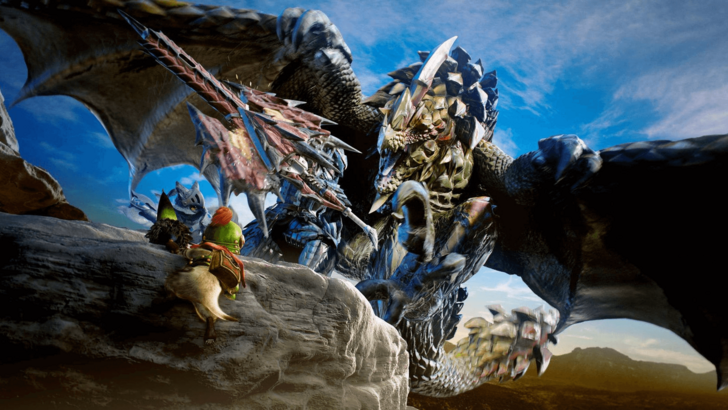
These weapons, introduced in Monster Hunter 3 and Monster Hunter 4, are morphing weapons with unique mechanics tied to their transformed states, except for the Insect Glaive.
Switch Axe
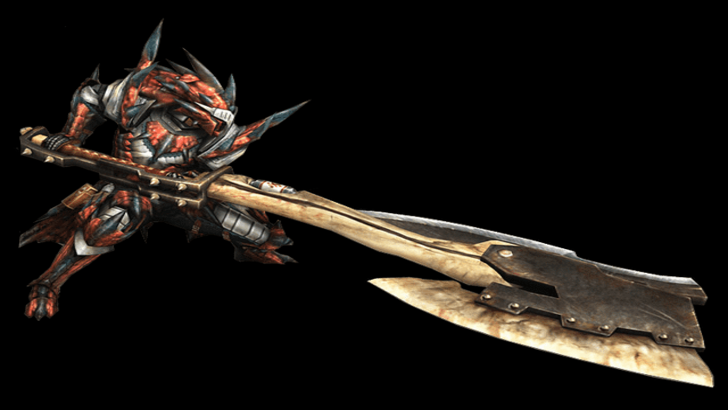
The Switch Axe, introduced in Monster Hunter 3 (initially requiring a quest to unlock its crafting), features Axe and Sword modes. Axe Mode offers better mobility and range, with an infinite stamina-based combo. Sword Mode deals higher damage, utilizing phials and the Elemental Discharge finisher.
While its core design remains consistent, morphing capabilities improved over time. Monster Hunter World's Amped state empowers Sword Mode attacks with phials and adds new transitions. Monster Hunter Rise extends Amped to both modes, encouraging switching for maximum damage.
The Switch Axe's form-swapping gameplay and explosive combat make it a unique addition.
Insect Glaive
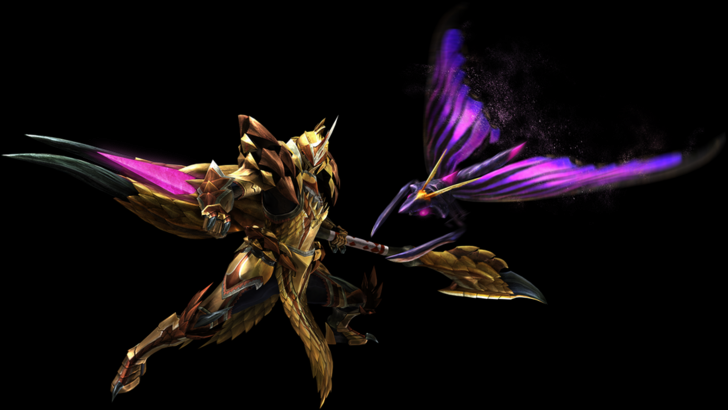
The Insect Glaive, introduced in Monster Hunter 4, specializes in aerial combat. It uses a Kinsect to collect essences for buffs. The Kinsect can be freely controlled or home in on tagged monsters.
The weapon's true potential is unleashed by collecting red, white, and orange essences for attack, mobility, and defense buffs respectively. Collecting all three provides stronger, non-resetting buffs.
Subsequent releases added attacks and finishers, while upgrade systems were streamlined, particularly in Monster Hunter Rise, simplifying Kinsect management and introducing new Kinsect types.
The Insect Glaive's core gameplay centers around quickly collecting essences to maximize buffs.
Charge Blade
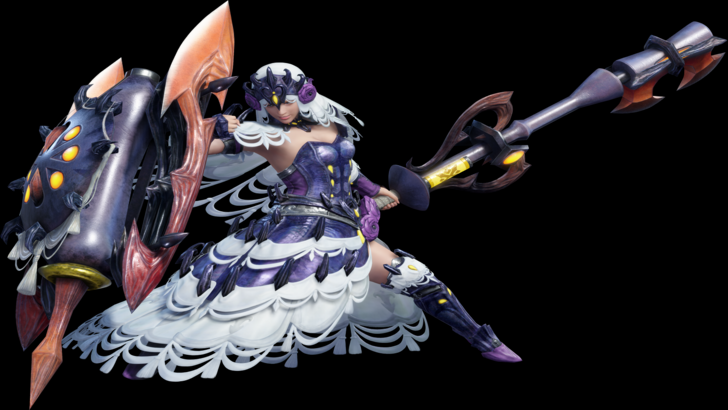
The Charge Blade, another transforming weapon from Monster Hunter 4, features Sword and Axe modes. Sword Mode charges phials without overcharging, while Axe Mode unleashes charged phials with the Amped Elemental Discharge. It's known for its versatility and powerful finishers but also its high skill ceiling.
It utilizes guard points to efficiently charge phials, and mastering transitions between modes is crucial. Different phials offer varying effects.
The Charge Blade's balanced offense and complex mechanics make it a rewarding but challenging weapon to master.
Will There Be More?
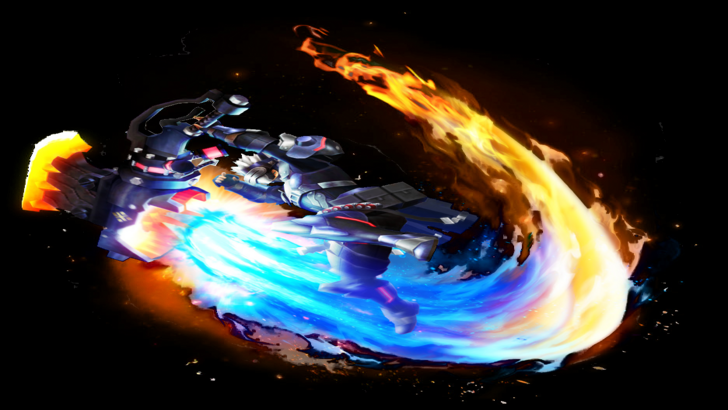
While Monster Hunter Wilds features fourteen weapons, many others exist in past releases, some exclusive to Japan. Future installments may introduce new weapons or revive older ones, adding to the game's already extensive and engaging arsenal.
You may also like...

-
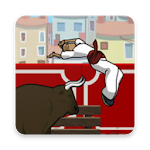 Run Power PamplonaExperience the thrill of the world-famous Running of the Bulls right from your mobile device with this exciting app. Run Power Pamplona captures the essence of the traditional festival, letting you dash through the streets of Pamplona, avoid obstacl
Run Power PamplonaExperience the thrill of the world-famous Running of the Bulls right from your mobile device with this exciting app. Run Power Pamplona captures the essence of the traditional festival, letting you dash through the streets of Pamplona, avoid obstacl -
 Snowball Fight 2 - hamster funDive into the frosty excitement of Snowball Fight 2 - Hamster Fun and face off against playful gophers in an exhilarating snowball battle! This action-packed sequel revives nostalgic childhood memories while delivering endless entertainment perfect
Snowball Fight 2 - hamster funDive into the frosty excitement of Snowball Fight 2 - Hamster Fun and face off against playful gophers in an exhilarating snowball battle! This action-packed sequel revives nostalgic childhood memories while delivering endless entertainment perfect -
 Pashto SMS MessagesDiscover the ease of sending heartfelt Pashto messages to your loved ones with Pashto SMS Messages. This user-friendly app provides a wide range of ready-to-use texts, making it essential for Pashto communication. Share a warm good morning note, con
Pashto SMS MessagesDiscover the ease of sending heartfelt Pashto messages to your loved ones with Pashto SMS Messages. This user-friendly app provides a wide range of ready-to-use texts, making it essential for Pashto communication. Share a warm good morning note, con -
 Pump with ElvieKeep up with your pumping routine effortlessly using the Pump with Elvie app. Designed as the perfect partner for your Elvie Pump or Elvie Stride, this app provides clear guided instructions, insightful articles, and customizable pumping options. Wh
Pump with ElvieKeep up with your pumping routine effortlessly using the Pump with Elvie app. Designed as the perfect partner for your Elvie Pump or Elvie Stride, this app provides clear guided instructions, insightful articles, and customizable pumping options. Wh -
 언니의파우치 - 내돈내산 뷰티리뷰, 뷰티 앱테크Discover the 언니의파우치 (Sister's Pouch) beauty app where you'll not only enhance your beauty routine but also unlock easy earning opportunities. This innovative platform serves as your ultimate resource for authentic beauty reviews, engaging challenges
언니의파우치 - 내돈내산 뷰티리뷰, 뷰티 앱테크Discover the 언니의파우치 (Sister's Pouch) beauty app where you'll not only enhance your beauty routine but also unlock easy earning opportunities. This innovative platform serves as your ultimate resource for authentic beauty reviews, engaging challenges -
 Claras Love HotelWelcome to Clara's Love Hotel, a luxurious sanctuary where deepest desires are fulfilled and wildest fantasies come alive. Join Clara and her alluring companions as they navigate a seductive world driven by passion, wealth, and danger. Within this p
Claras Love HotelWelcome to Clara's Love Hotel, a luxurious sanctuary where deepest desires are fulfilled and wildest fantasies come alive. Join Clara and her alluring companions as they navigate a seductive world driven by passion, wealth, and danger. Within this p
